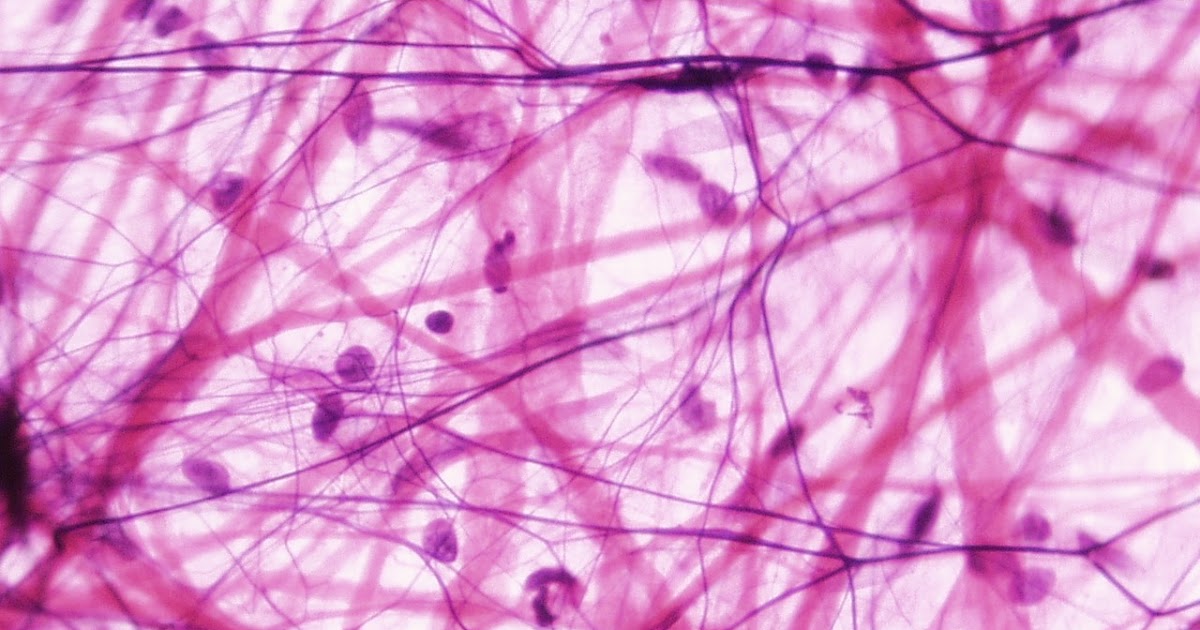What Causes Raynaud's Disease?
Raynaud's disease is a fairly common disorder that typically does not come with severe complications. The symptoms usually arise when a person is cold. These can include pain and numbness in the extremities, a pins and needles sensation, having difficulty moving the affected area, and the skin turning white or blue. It occurs due to the blood restriction and blood vessel reaction when the body is cold, reducing circulation to the fingers. These symptoms can last anywhere from a few minutes to many hours. Typically, symptoms can be treated on one's own, simply by keeping warm. However, Raynaud's is classified as a blood circulation disease and can worsen and cause further complications if left untreated for an extended period.
Get familiar with the various causes of Raynaud's disease now.
Connective Tissue Diseases

Raynaud's disease can develop on its own, and when this is the case, it is referred to as its 'primary form.' However, it can also come about in conjunction with other diseases, which is known as the 'secondary form.' Connective tissue diseases are the conditions most commonly linked with Raynaud's disease, including scleroderma, polymyositis, CREST syndrome, atherosclerosis, sclerosis, and rheumatoid arthritis. Connective tissues are rich in protein and support the organs as well as other parts of the body. They include fat, cartilage, and bone, but the disorders often involve the muscles, joints, gastrointestinal tract, blood, and skin, as well. In fact, over two hundred diseases affect the connective tissues.
Continue reading to reveal another cause of Raynaud's disease now.